Energy
Oil Isn’t the Real Reason Behind the Venezuela Operation
The oil industry is in the midst of a supply gut, producing millions of barrels per day above demand. Prices are low and major companies in the sector are contracting. According to Prof. Jeffrey Sonnenfeld, these economic facts undercut President Trump’s intimations of an oil bonanza in Venezuela.

The U.S. Has Thwarted Putin’s Energy Blackmail
Yale SOM’s Jeffrey Sonnenfeld and Steven Tian write that the Biden administration’s balanced approach has helped Europe maintain its natural gas supply while protecting U.S. interests.
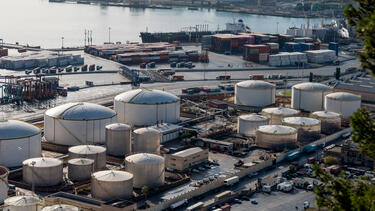
The Good News You Aren’t Hearing about U.S. Energy Policy
Yale SOM’s Jeffrey Sonnenfeld and Steven Tian write that energy industry analysts are getting it wrong about the Biden administration’s progress on energy independence and supply.

The Myth of Putin as World Energy Czar Is Running Out of Gas
Media commentary suggests that Russia is using its energy resources to hold the rest of the world hostage. To the contrary, write Yale SOM’s Jeffrey Sonnenfeld and Steven Tian, Russia’s actions have devastated its own economy and undermined its status as an energy exporter.

California’s Path to a Carbon-Neutral Grid
Elliot Mainzer ’98, CEO of CAISO, explains how California is working to avoid another summer of blackouts even as the state transitions to a carbon-neutral grid.
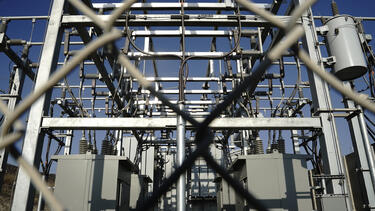
Why the Texas Power Market Failed
Texas-based energy economist Ed Hirs ’81 says the February 2021 power crisis exposed longstanding, fatal flaws in the state’s energy market design and oversight.

Maintaining Momentum on Climate Change
Tyler Van Leeuwen ’14 of Shell explains explains how his internal skunkworks team helps move Shell toward its decarbonization goals.
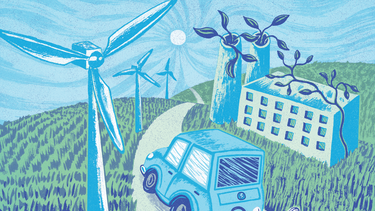
Transforming Energy Infrastructure
We talked to Elliott Mainzer ’98, who recently began a role overseeing California’s electrical grid, about the progress he’s witnessed and the challenges that remain in creating a fully sustainable energy network.
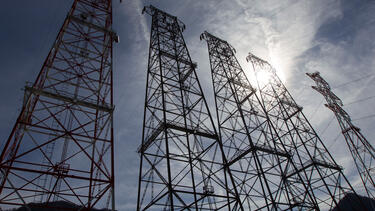
What’s the Energy Equation?
What will the world’s use of energy look like in the coming decades, as technological advances revolutionize transportation and push down the price of renewable energy?
How do you lead a company through a nuclear accident?
The 2011 tsunami and the meltdown of the Fukushima Daiichi nuclear power plant in Japan shattered the nuclear industry’s "safety myth" and prompted the shutdown of all nuclear power plants in the country. Naomi Hirose '83 talks about leading the plant’s operating company through an unprecedented cleanup and rebuilding effort.
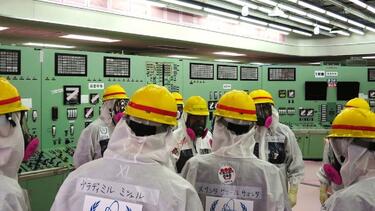
Where will our energy come from?
Vast reserves of natural gas in Appalachian shale could shift the entire energy market. Indeed, if gas prices fall, the challenge of increasing the use of renewable sources of energy will rise. The head of a private equity firm with major investments in oil and gas exploration discusses the structure of the energy industry and what it means for sustainability efforts.